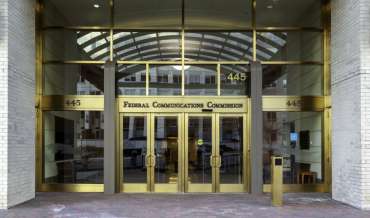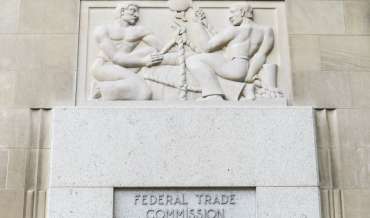Call deliverability is becoming the most important frontier in regulatory battles for callers. Thanks to a confluence of factors—the passage of the TRACED Act, the implementation of STIR/SHAKEN protocols, the Supreme Court’s decision in Facebook v. Duguid—regulatory regimes such as the Federal Communications Commission (FCC) and state attorneys general have focused increasing attention on shutting off illegal robocall traffic before it can reach consumers, even if that comes at the expense of legitimate callers. Here are some recent news stories relating to this ongoing challenge.
FCC Consumer Advisory Committee Releases Report On Text Blocking
In April, FCC Chair Jessica Rosenworcel requested that the FCC’s Consumer Advisory Committee (CAC) study the issue of illegal and unwanted text messages being sent to consumers and produce a report on the subject. The CAC released this report on August 31.
The FCC directed the CAC to, among other things, explain “[t]he extent of the illegal and unwanted text problem;” “[h]ow illegal and unwanted texts harm consumers and what are the best methods for consumers to avoid and/or manage these texts;” and “[h]ow the Commission should consider educating consumers on how consumers can evade such harms”.
The CAC determined that the scope of the problem, as measured by consumer complaints to the FCC and Federal Trade Commission (FTC), more than doubled between 2019 and 2021. But complaints about unwanted text messages remained low overall—about one complaint per 80 million text messages—especially when compared to complaints over unwanted robocalls.
The report explains some methods by which scams are perpetrated via text message but does not provide data quantifying the extent of those harms. It suggests that the best means for consumers to avoid unwanted text messages involves consumer-initiated blocking and reporting.
The report suggests that the FCC educate consumers about text message blocking and reporting methods through “a coordinated public awareness campaign” taken by “the Commission itself and with government partners, such as the FTC and state attorneys general, as well as other stakeholders, [to] enhance their efforts to ensure that consumers are aware of unwanted messaging solutions, including network and device-level messaging blocking tools, and how to report unwanted messages through 7726 (SPAM).”
The CAC also suggests that the FCC “evaluate whether and how to encourage broader adoption of industry best practices among messaging stakeholders.” The report specifically names the CTIA’s Messaging Principles and Best Practices as an example to be followed.
As a working group advising the FCC, the CAC has no enforcement powers. The conclusions of its report are merely recommendations, not rules. But the FCC has generally been receptive to the sorts of efforts recommended by the CAC.
51 AGs Encourage FCC to Adopt Stricter Anti-Robocall Measures
The attorneys general of 49 states, the District of Columbia, and Guam signed on to a letter requesting that the FCC expand its requirements on the use of anti-robocall technology. (The only state AG that didn’t sign the letter is the attorney general of Montana.) The letter is in response to existing FCC rulemaking. It offers support for existing FCC proposals on the expansion of STIR/SHAKEN, 24-hour traceback requirements, mandatory blocking of illegal robocall by telecom providers, and additional robocall mitigation requirements for multiple players involved in the call path. It indicates that attorneys general will continue to play a hawkish role regarding robocall enforcement in their working relationships with federal regulators.
New iOS Update Changes Caller Name Display, Potentially Harming Call Branding Efforts
Not all challenges to call deliverability come from government regulators. The private sector can also prove an impediment to legitimate calling efforts. The latest Apple software update for its iPhones offers an example of such.
Apple recently began rolling out iOS 16, its latest major update to its iPhone operating system. Among the new features is a change in how the Caller Name Display appears when an iPhone user receives a call. In iOS15, the most recent version of the operating system, the display would simply show the caller’s name for properly branded and authenticated calls. This offered obvious benefits for legitimate callers that made the necessary efforts to ensure that they are a trusted entity within the telephonic ecosystem. However, in iOS16, that display format has been replaced with one in which the phone number is shown in larger and clearer font above the much smaller caller’s name. By placing the number more prominently than the name, it seems likely that some callers will see these calls as coming from unknown or untrustworthy entities. The effects of this change on call deliverability are likely to be harmful.





